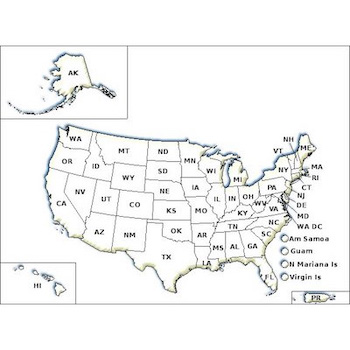Wild animals need food and shelter just like people. Animals may move into basements, attics, or garages in search of a place to live. They may also be attracted to food such as garbage, pet food, or birdseed. When this happens, it's not safe for the people or pets in the home or the wildlife. Wild animals can damage electrical wiring and destroy insulation. They can also carry diseases like rabies, or parasites such as fleas and ticks into your home. Never approach a wild animal and keep children and pets away from all wildlife. Contact your local animal control officer if you suspect a wild animal is sick.
Prevention Tips:
- Know your pest! Its habits, preferences and needs will determine your control strategy. Your local County Extension Service or state wildlife agency can help.
- Periodically check for openings in the roof, under the porch, or to the basement. Cover or seal openings to prevent wildlife problems.
- Keep your garbage in containers with tight-fitting lids. A metal container may be needed to keep out persistent wildlife.
- If pets are fed outside, empty their bowls after they are finished eating. Store pet food indoors or in heavy-duty containers.
Control Tips:
- Find out how the animals are getting into your home. Block entrances with durable materials like wire mesh or sheet metal.
- Seal all cracks and openings, including holes for wiring. A persistent animal can widen almost any crevice or opening.
- Birds or other animals may get trapped in chimneys or use them to enter your home. Special caps or dampers are available to block chimneys.
- Many animals enter homes by way of the roof. Trim overhanging branches at least 8 to 10 feet away from the home.
- State and federal laws protect many animals, including most birds and their nests. Always check with your state wildlife agency before disturbing, trapping or poisoning a wild animal.
- If you are concerned about disease or the risk of being bitten, consider seeking professional help. Many counties provide 'animal control' services.
- Mothballs are not animal repellents. If you choose to use a pesticide, always follow the label. Try a lower toxicity product first. Only use products designed for use in your home and for the type of wildlife you want to control.
Visit the "Learn More" tab for information about specific types of wildlife.
If you have questions about this, or any pesticide-related topic, please call NPIC at 800-858-7378 (8:00am - 12:00pm PST), or email us at npic@oregonstate.edu.



